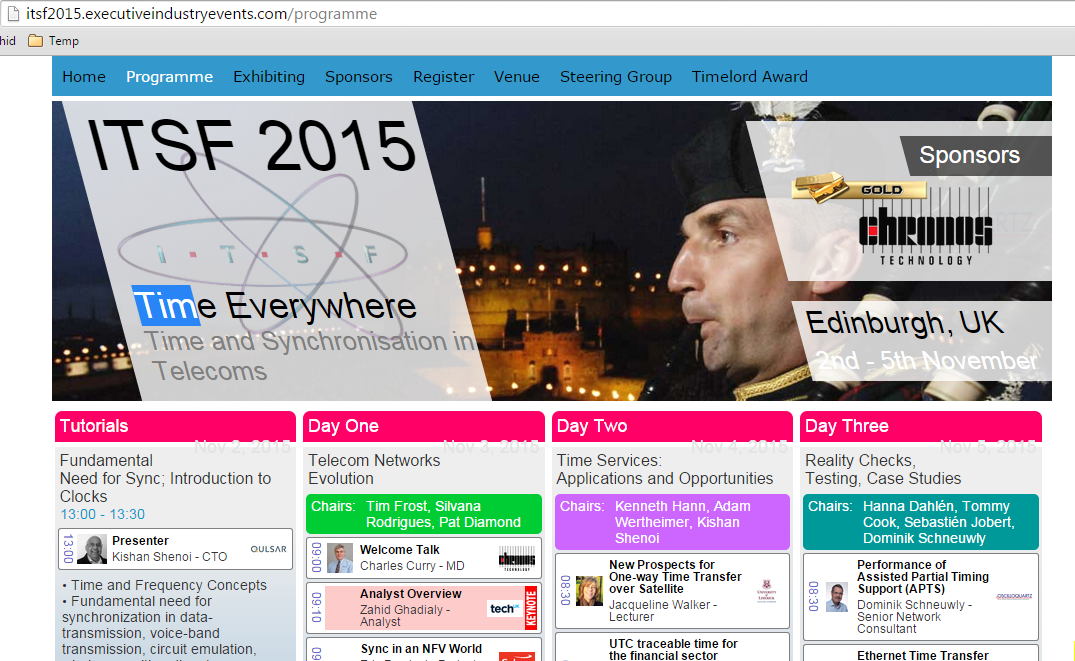 Though Steve Jobs was not there, the new iPhone 3G (S) went on display at the Apple's World Wide Developers Conference in San Francisco on June 8. The 'S' stands for speed.
Though Steve Jobs was not there, the new iPhone 3G (S) went on display at the Apple's World Wide Developers Conference in San Francisco on June 8. The 'S' stands for speed.The new improved iPhone 3G (S) helps you download Web pages in a fraction of the time, and you can view email attachments faster.
Improved performance and updated 3D graphics deliver an incredible gaming experience, too.
The new phone can also capture video and boasts an improved capability for taking still pictures.
The iPhone 3G S will hit the market on June 19.
After a string of successes with the iPod and iPhone, Apple is hoping it can keep wowing shoppers with this latest version of its popular mobile handset. The iPhone 3GS will sport a number of upgrades from its predecessors – including a doubled capacity of 32GB; a digital compass; and the ability to record videos.
The larger memory will allow iPhone owners to store up to 7,000 songs or 40 hours of video on their handsets, which they can now download directly from the iTunes store.
Below is the summary of some of the features of this latest iPhone.
Video and 3-Megapixel camera:

You can shoot video, edit it, and share it - all on your iPhone 3G S. Shoot high-quality VGA video in portrait or landscape. Trim your footage by adjusting start and end points. Then share your video in an email.
The new 3-megapixel camera takes great still photos, too, thanks to built-in auto focus and a handy new feature that lets you tap the display to focus on anything (or anyone) you want.
Voice Control:
 Voice Control recognises the names in your 'contacts' and knows the music on your iPod. So if you want to place a call or play a song, all you have to do is ask.
Voice Control recognises the names in your 'contacts' and knows the music on your iPod. So if you want to place a call or play a song, all you have to do is ask.Compass:
 With a built-in digital compass, iPhone 3G S can point the way. Use the new Compass app, or watch as it automatically reorients maps to match the direction you're facing.
With a built-in digital compass, iPhone 3G S can point the way. Use the new Compass app, or watch as it automatically reorients maps to match the direction you're facing.Landscape keyboard, Cut, copy and past:

Cut, copy, and paste words and photos, even between applications. Copy and paste images and content from the Web, too.
Want more room to type on the intelligent software keyboard? Rotate iPhone to landscape to use a larger keyboard in mail, messages and notes.
Messages:
 Send messages with text, video, photos, audio, locations, and contact information. You can even forward one or more messages to others.
Send messages with text, video, photos, audio, locations, and contact information. You can even forward one or more messages to others.Search:
Find what you're looking for across your iPhone, all from one convenient place. Spotlight searches all your contacts, email, calendars, and notes, as well as everything in your iPod.
Accessibility:
iPhone 3G S offers accessibility features to assist users who are visually or hearing impaired.
These features include the VoiceOver screen reader, a Zoom feature, White on Black display options, Mono Audio, and more.
Voice memos:
 Capture and share a thought, a memo, a meeting, or any audio recording on the go with the new voice memos application
Capture and share a thought, a memo, a meeting, or any audio recording on the go with the new voice memos applicationNike + iPod:
 iPhone includes built-in Nike + iPod support. Just slip the Nike + iPod Sensor (available separately) into your Nike+ shoe and start your workout.
iPhone includes built-in Nike + iPod support. Just slip the Nike + iPod Sensor (available separately) into your Nike+ shoe and start your workout.Stocks:
 Stocks on iPhone shows you charts, financial details, and headline news for any stock you choose. Rotate iPhone to see even more detailed information.
Stocks on iPhone shows you charts, financial details, and headline news for any stock you choose. Rotate iPhone to see even more detailed information.YouTube:
 Watch YouTube videos wherever you are. Log in to your YouTube account to save and sync bookmarks and rate your favourites.
Watch YouTube videos wherever you are. Log in to your YouTube account to save and sync bookmarks and rate your favourites.













 Ubiquisys
Ubiquisys


 Airvana
Airvana













